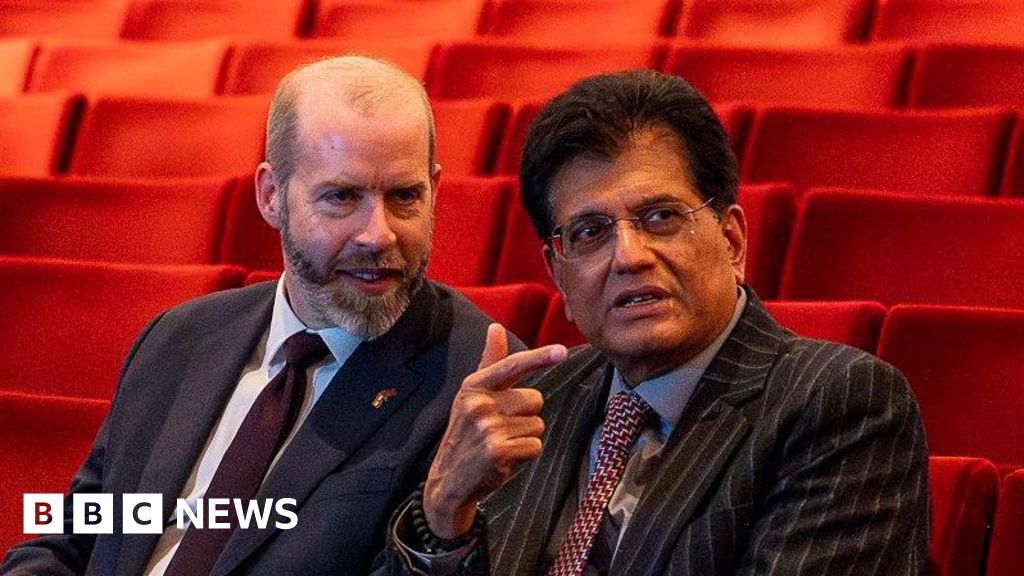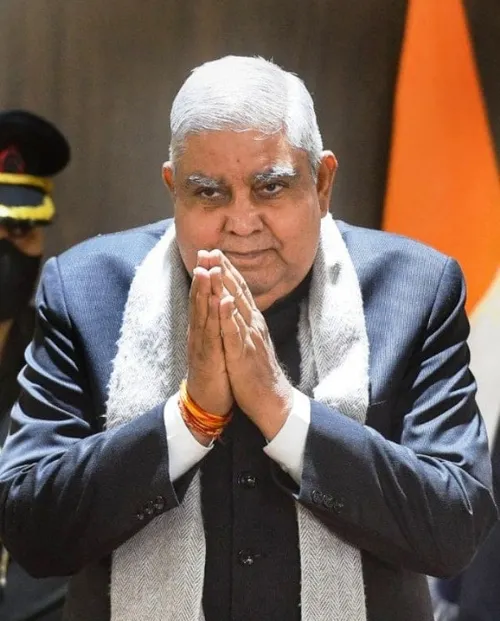After three years of on-off negotiations, the UK and India have agreed a trade deal which will make it easier for UK firms to export whisky, cars and other products to India, and cut taxes on India’s clothing and footwear exports.
The deal does not include any change in immigration policy, including towards Indian students studying in the UK, the British government said.
Business Secretary Jonathan Reynolds said the benefits for UK businesses and consumers were “massive”.
Last year trade between the UK and India totalled £41bn and was already forecast to grow, but the government said the deal would boost that trade by an additional £25.5bn a year by 2040.
Mr Reynolds met his Indian counterpart Piyush Goyal in London last week to put the final touches on the deal.
Once it comes into force, which could take up to a year, UK consumers were likely to benefit from the reduction in tariffs on goods coming into the country from India, the Department for Business said.
As well as clothing, that will include some Indian foodstuffs, such as frozen prawns.
The government also emphasised the benefit to economic growth and job creation from UK firms expanding exports to India.
Gin and whisky tariffs will be halved to 75%, with further reductions taking effect in later years.
Import taxes on cars will fall to 10% as will levies on aerospace, electricals and some UK food products.
India is forecast to become the world’s third-largest economy in a few years.
US President Donald Trump’s tariff campaign has focused minds in other countries on how to respond, and increased the impetus to strike trade deals.
The UK is also a high priority trading partner for Indian Prime Minister Narendra Modi’s government, which has an ambitious target to grow exports by $1 trillion by 2030.
Anurag Dhole is a seasoned journalist and content writer with a passion for delivering timely, accurate, and engaging stories. With over 8 years of experience in digital media, she covers a wide range of topics—from breaking news and politics to business insights and cultural trends. Jane's writing style blends clarity with depth, aiming to inform and inspire readers in a fast-paced media landscape. When she’s not chasing stories, she’s likely reading investigative features or exploring local cafés for her next writing spot.






